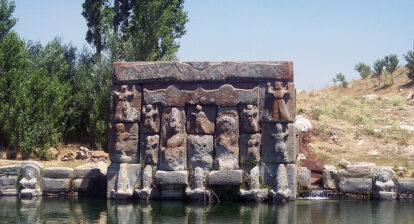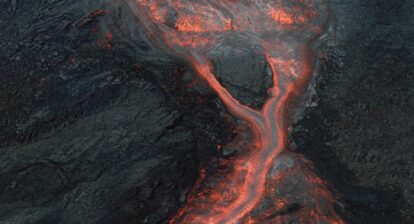When it comes to fossils, Mary Anning’s name has only recently started to come into the limelight.
Born on May 21, 1799, she was the original fossil hunter, fossil dealer and palaeontologist, who became famous for her important finds in the Jurassic marine fossil beds at Lyme Regis, Dorset.
She was born in a poor family and the first of ten children. Her father was a cabinet maker, who supplemented the family income by collecting fossils on the Lyme Regis coast and selling them to tourists, often taking Mary and her brother with him. The family sold a significant number of fossils and when Richard Anning died in 1810, leaving the family with considerable debts, they continued the business.
By 1825, Mary had taken up the leading role as the family fossil hunter. Her discoveries included the first correctly identified ichthyosaur skeleton; two complete plesiosaur skeletons; the first pterosaur skeleton located outside Germany; and important fish fossils.

Photo: 360onHistory
(The Jurassic Coast and Mary Anning)
Her findings were extremely important in changing scientific knowledge about prehistoric life, the history of Earth and became key pieces of evidence for extinction. In 1826, Mary opened a shop called Anning’s Fossil Depot in her house, which was frequented by many geologists and fossil hunters from Britain and abroad.
She became well known in geology circles not only in Britain but also in Europe and the US, and was often consulted on anatomy and fossils. She had significantly more knowledge than the men she sold to but as a woman was never able to publish; she was not even eligible to join the Geological Society of London. She seldom got any credit for her contribution and in fact was often not mentioned in the publications of the male authors who used her findings.
Mary Anning died from breast cancer, on March 9, 1847 at the age of 47. Although she was not allowed to become a member, the Geological Society did raise money from its members to help with her expenses when she got ill. Over the years, she was given more and more credit for her work and in March 2010, as part of its 350-year anniversary celebrations, the Society included her name in a list of ten British women who have most influenced the history of science
There is a persistent legend that she was the inspiration in 1908 for Terry Sullivan’s song and popular tongue twister “She sells seashells on the seashore”.
More Fantastic Women: Ada Lovelace, NASA’s Computers and Cecilia Payne Gaposchkin








Michelle Kellogg
I love learning about the women who discovered things back during a time when women weren’t supposed to. This is fascinating! Thank you for sharing this. I will look her up. #GlobalBlogging
Heather Keet
What an amazing woman! I imagine fossil hunting at that time would have been carried out mainly by men, how awesome she was finally recognized. #GlobalBlogging
Kids of the Wild
What a great woman Mary Anning was. For some reason I associate her with Norfolk as well as Lyme Regis. Must check my facts! #globalblogging